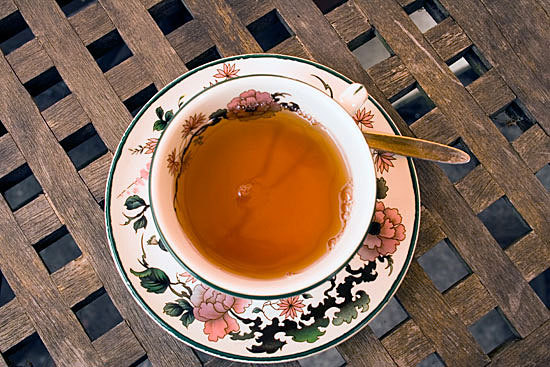India is the world’s second largest producer of tea. The British introduced tea to India in the 19th century in order to break China’s dominance on production. In the 1850s, the mountainous region surrounding Darjeeling, seated on the Foothills of the Himalayas, was the first location to be cultivated.
Tea’s prominence in India, on the other hand, is a relatively recent occurrence. Many Indians hadn’t ever tasted tea, much less even masala chai, 60 or 70 years ago. Its conversion from a beverage of the subcontinent’s British colonists to a distinctively Indian drink recognised worldwide was the consequence of global depression, the battle for independence, technology advancements, and a sequence of aggressive advertising efforts.
What is the history of Kangra tea?
The origins of Kangra tea may be traced back to 1849, when Dr. Jameson, who was in charge of the Botanical Tea Gardens at the time, deemed the region appropriate for tea cultivation. The fact that Kangra green and black tea comes from one of India’s smallest tea districts makes it all the more special. While black tea has a sweet, lingering aftertaste, green tea has a mildly woodsy aroma and flavor.
Tea Characteristics: Kangra tea’s first flush is known for its high quality, distinct fragrance, and fruity flavor. Kangra tea has more body and liquor than Darjeeling tea and has a fairly mild flavor.
Kangra Tea House is an organic tea brand which sells only organic loose tea leaves brought from the exotic Kangra valley. For collection, only the delicate bud and very few upper leaves are hand-plucked cautiously. Conventional means are used by local craftsmen to maintain the essence of the bud and tea leaves. The major characteristic is the numerous infusions, with distinct flavors released within every cup. They have flavors that are spicy, floral, rooty, and herbaceous.
They have a large selection of organic green tea leaves and black tea leaves that are extremely tasty and addictive once purchased. That is why it is advantageous to be able to reuse tea leaves; simply store them in a jar. Almost every type of tea has its own set of advantages and disadvantages. For diabetic patients, for example, Kangra green tea leaves are typically preferred. Green tea has been shown in studies to be reasonably effective in sugar control. Likewise, some studies suggest that people with diabetes who drink quality green tea on a continuous basis have better control of their blood sugar levels.
The benefits of Kangra Green Tea are numerous, not only for diabetics but also for healthy persons who may be naturally drawn to diabetes or are recognised prediabetics.
For several individuals, tea is now a way of living. It is undoubtedly a silent accessory, existing in every good and bad moment of life. Every gathering, every discussion, every notable feature of the day really does seem incomplete without tea, and lets hope, this trend will continue.
Apart from this if you are interestedto know more about Sales and Marketing Teams in Businesses then visit our Business category












